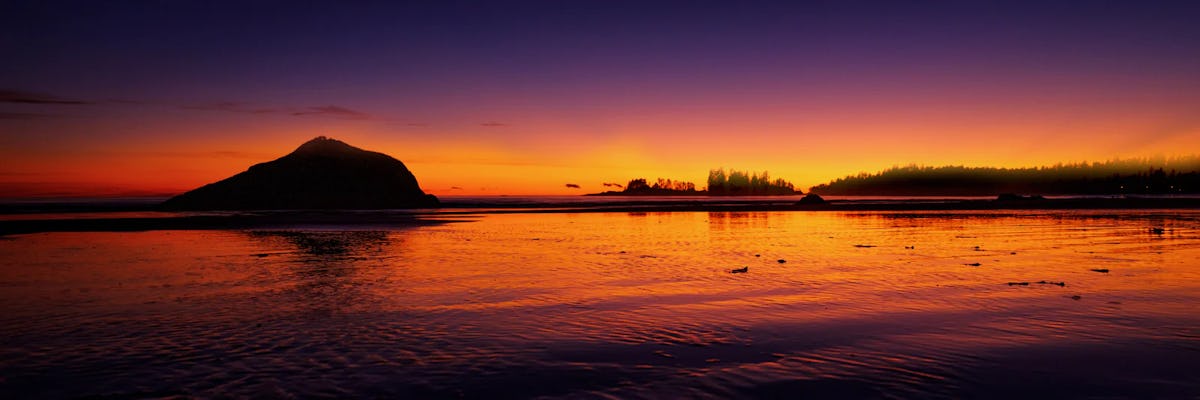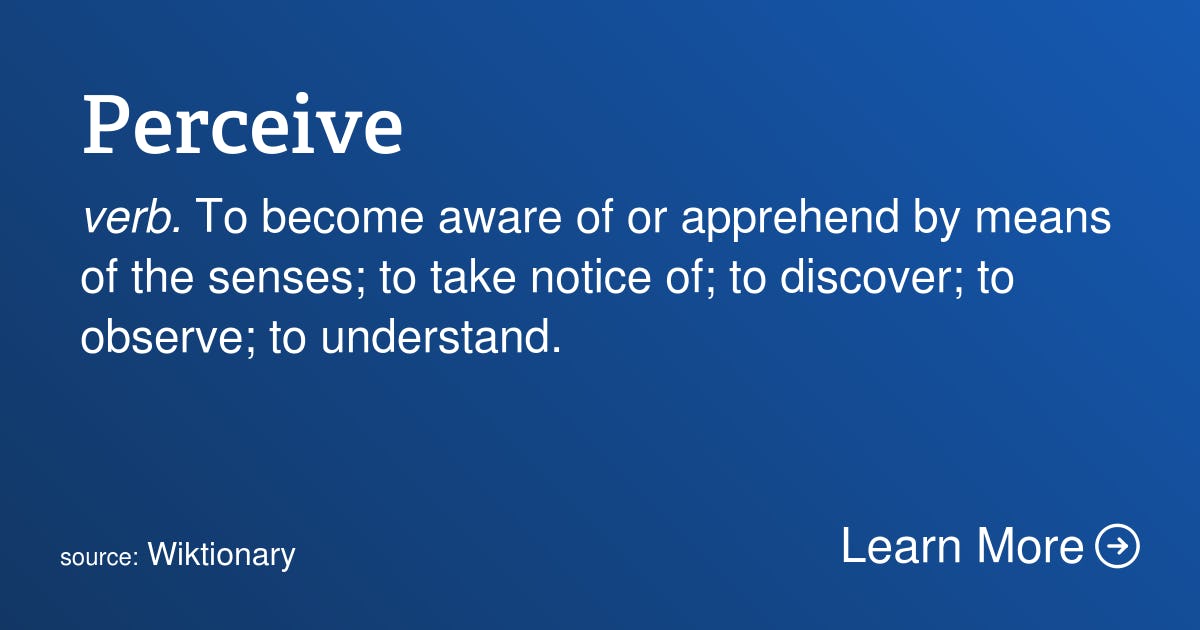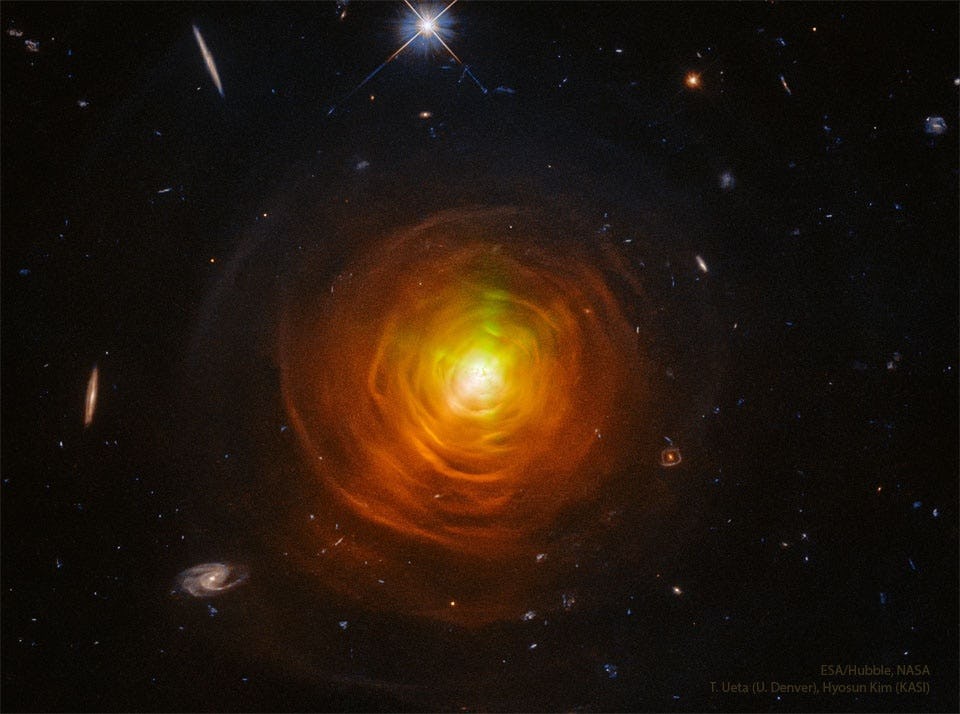"A Dutch entrepreneur says he’s been trying to alert US military officials to the leak for a decade" More at The Verge ➜
Public Posts Stanwood, WA Stanwood, WA (zoom)
Slanting rays of topaz,
floating through the air,
promises salvation,
removing the despair.
I visited you today, as you
slept in your chair.
I was there for three hours,
you weren't aware.
I've discovered walking
in a crowd,
can be dangerous,
and very loud.
Walking at airports,
no one follows the rules.
Walking on both sides,
one direction, breaks rules.
When walking unattended,
without my cane,
a simple fall
means a lot of pain.
I must keep walking,
as long as I can.
If I'm confined to a chair
I'll be less than a man.
I know that's not true,
I certainly do.
I know how I feel,
uncertain about you.
NASA Astronomy Picture of the Day:
What's happening around this star? No one is sure. CW Leonis is the closest carbon star, a star that appears orange because of atmospheric carbon dispersed from interior nuclear fusion. But CW Leonis also appears engulfed in a gaseous carbon-rich nebula. What causes the nebula's complexity is unknown, but its geometry of shells and arcs are surely intriguing. The featured image by the Hubble Space Telescope details this complexity. The low surface gravity of carbon stars enhances their ability to expel carbon and carbon compounds into space. Some of this carbon ends up forming dark dust that is commonly seen in the nebulas of young star-forming regions and the disks of galaxies. Humans and all Earth-based life are carbon-based, and at least some of our carbon was likely once circulating in the atmospheres of near-death stars like carbon stars.
Between a rock
and a hard place,
we would often say,
life's not a sprint,
it's a long race.
When I recall the beginning,
and am now facing the end,
life has become very real,
it is no longer "Let's Pretend."
Why are some people, contrarians,
always seeking an argument,
taking time from others,
without paying life's rent.
There is nothing free, in this World
and there may never be.
Even "free love"
is never cheap or free.








.jpg?fit=crop&w=280&h=280&q=93)




.jpg?fit=crop&w=200&h=200&crop=faces)










 - Copy.jpg?fit=crop&w=280&h=280&q=93)


R.jpg?auto=format&fit=clip&w=600)





















